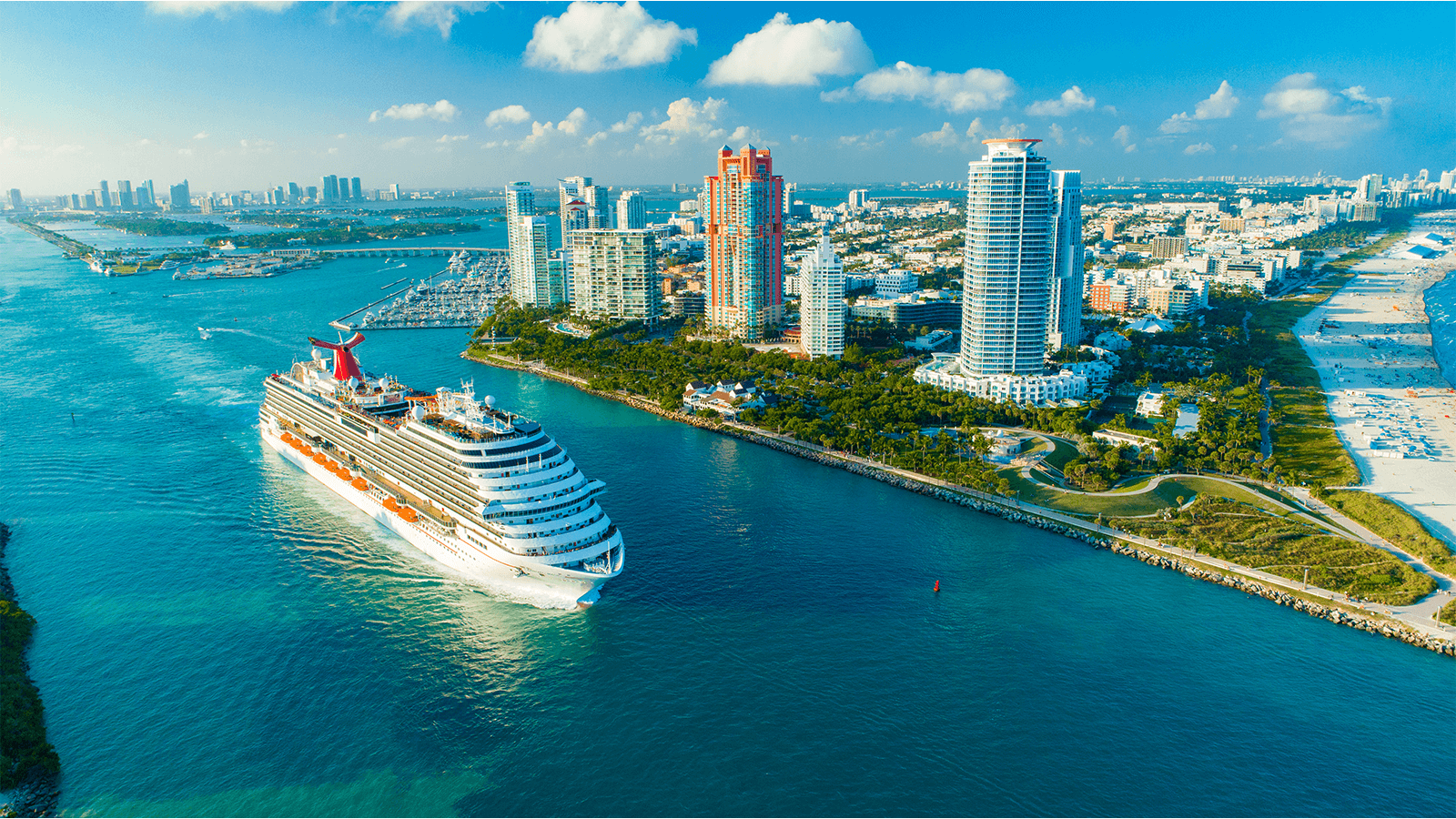
Explora Journeys
Explora Journeys aim to create a relaxed energy within their passengers. Through exemplary service and high-quality surroundings, their itineraries are specifically designed to inspire exploration and discovery, broaden your horizons and trigger new connections. Your journey will be characterised by calm, unity, elegance, and joy – also known as The Ocean State of Mind, an elusive and sought-after mantra.
2023
Launched
63900t
Tonnage
248m
Length
32m
Width
11
Decks
EUR
Currency
Cruise Itinerary
Ship Details


Explora Journeys
Explora I
EXPLORA I represents a new era of luxury ocean travel.
Exquisitely designed with a promise of elegance, joy, exploration and discovery.
Cabins
All Prices










